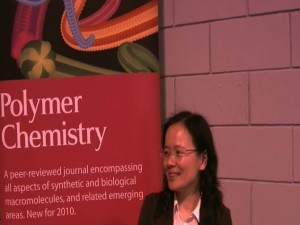I would like to introduce our new web writer, Remzi Becer (University of Warwick, UK). Remzi will be contributing articles to the Polymer Chemistry blog on the latest news of interest to the polymer chemistry community.

Remzi Becer
Remzi was born in 1980 in Izmir, Turkey. He received his BSc degree in 2003 at the Chemistry Department of the Istanbul Technical University (ITU). In 2005, he received his MSc degree in Polymer Science and Technology at the ITU. He completed his PhD study titled as Controlling Polymer Architectures in 2009 under the supervision of Ulrich S. Schubert at the Eindhoven University of Technology (The Netherlands) and the Friedrich-Schiller-University Jena (Germany). Recently, he is a Marie Curie Research Fellow in the University of Warwick (United Kingdom). His research interests include high-throughput experimentation, stimuli-responsive polymers, and synthesis of glycopolymer and their interactions with lectins.
Look out for Remzi’s posts on the Polymer Chemistry blog! To make sure you don’t miss any Polymer Chemistry news sign up to the blog’s RSS feed.
Comments Off on New Polymer Chemistry web writer











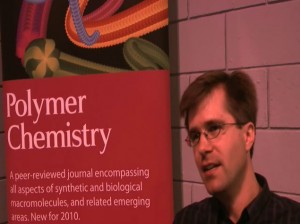
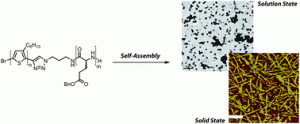

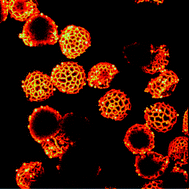
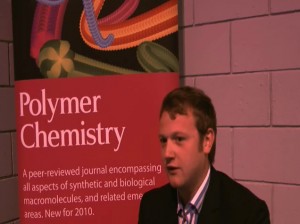
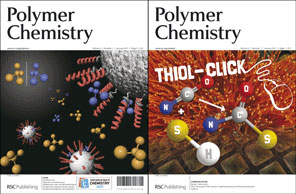
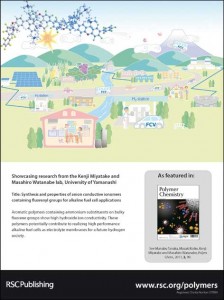 The back cover highlights the work of Manabu Tanaka, Masaki Koike, Kenji Miyatake and Masahiro Watanabe. Their paper which was also selected as a Hot Article is entitled
The back cover highlights the work of Manabu Tanaka, Masaki Koike, Kenji Miyatake and Masahiro Watanabe. Their paper which was also selected as a Hot Article is entitled 
